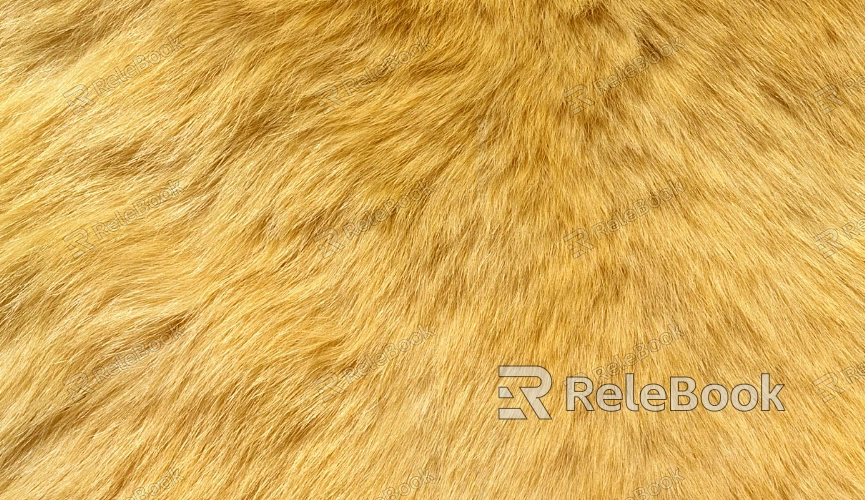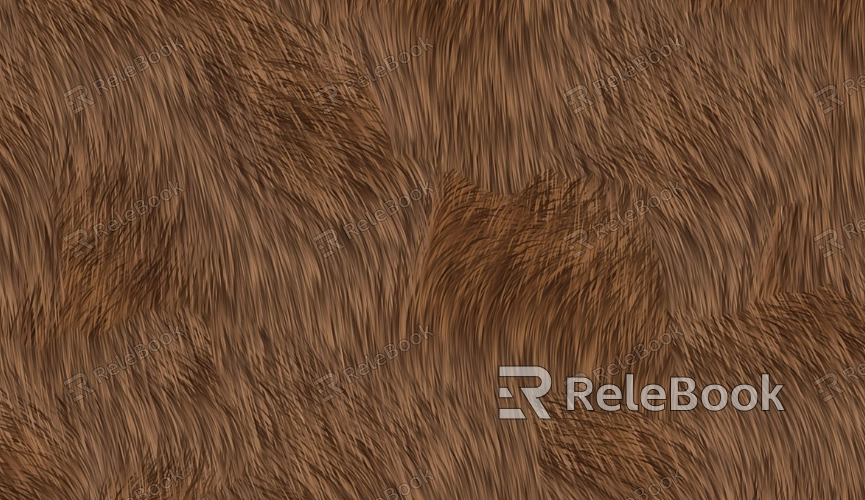How to Create 3D Textures in Photoshop
In 3D modeling, the quality of textures plays a crucial role in enhancing realism and immersion, whether for character models, environment scenes, or detailed objects. Photoshop, a powerful image editing tool, is commonly used in the creation and refinement of 3D textures. This article will guide you through the process of creating high-quality 3D textures in Photoshop, helping 3D designers improve their workflow and design accuracy.

1. Common Use Cases for Creating 3D Textures in Photoshop
Photoshop is widely used for painting and editing 3D textures due to its versatility. It allows designers to add base colors, fine details, normal maps, roughness maps, reflection maps, and other special effects to 3D models. Some common use cases include:
Character Modeling: In 3D games or animation, textures for skin, clothing, and accessories need to be highly detailed. Photoshop is effective in helping designers create complex facial features and clothing textures.
Environment Modeling: Texturing elements like buildings, ground surfaces, and vegetation is essential for game and movie scenes. Photoshop enables designers to create intricate textures for natural landscapes in a 2D space.
Props and Objects: For items like weapons, furniture, and vehicles, Photoshop provides tools to simulate material differences and lighting effects accurately.
Popular 3D modeling software such as Blender, 3ds Max, and Maya often work seamlessly with Photoshop. After UV unwrapping a 3D model, texture painting and editing are usually done in Photoshop to streamline the creative process.
2. Gathering Reference Materials for Textures
Before creating textures, collecting reference materials is key to achieving accuracy and realism. These resources help designers capture the minute details of an object's surface and enhance texture believability. Common methods of gathering references include:
Photographing Real Objects: Designers can capture high-quality textures by photographing real-world surfaces, such as skin, fabric, wood, or metal, to capture subtle texture details.
Using Online Texture Libraries: Many websites offer extensive texture libraries. Designers can select the most suitable assets for their projects, saving valuable time on capturing textures.
Additionally, if you're looking for premium 3D texture assets, Relebook offers a variety of resources that can elevate the visual quality of your game or animation.
3. Painting Textures in Photoshop
Photoshop provides a range of tools and functions that allow designers to quickly and efficiently paint detailed textures for 3D models:
Using Layers and Brushes for Base Color: By creating multiple layers, designers can paint the base colors and color variations of a model. Photoshop's brush tools can simulate different material effects like skin, wood, metal, and more.
Adding Detail Textures: To enhance realism, designers can add additional details like stains, scratches, and wear and tear over the base color texture. Photoshop’s texture overlays make this process simple and intuitive.
Using Smart Objects and Filters: Photoshop's smart objects and filter functions help designers add special effects, such as highlights, shadows, and noise, to mimic the material feel of the surface.

These tools allow designers to create intricate, high-quality textures that significantly enhance the detail of 3D models.
4. Using Normal and Specular Maps to Enhance Texture Detail
During the creation of 3D textures, normal maps and specular maps are often used to add surface detail and light effects:
Normal Maps: These maps simulate small bumps and dents on a model's surface by altering the direction of light reflection, making the model appear more detailed during rendering. In Photoshop, normal maps can be generated using plugins or filters and then applied to the 3D model.
Specular and Roughness Maps: These maps control how the surface reflects light, affecting glossiness and roughness. Photoshop allows designers to paint specular and roughness maps to enhance material fidelity.
Managing these maps through Photoshop layers helps designers fine-tune the texture effects with precision.
5. UV Mapping and Texture Export
Once the texture is painted, it's essential to ensure that it properly applies to the 3D model. UV mapping is an indispensable step in this process, as it unfolds the 3D model's surface into a 2D image so that the texture maps accurately to the model. In Photoshop, designers can use the exported UV map as a base to paint the texture, ensuring every detail corresponds correctly.
Exporting Textures: After finishing the texture, designers need to export it in a suitable format. Photoshop supports various file formats, such as PNG, JPG, and TGA, allowing designers to select the format that best suits the project’s requirements.
6. Rendering and Optimization: Visualizing Texture Effects
After the texture is completed, it’s important to test the texture’s appearance through rendering to ensure it meets the project’s needs. Rendering helps designers see how textures look under different lighting conditions and camera angles.
Adjusting Lighting and Shadows: Different lighting conditions can significantly affect how textures appear, so testing and adjusting lighting is crucial.
Optimizing Texture Files: High-resolution textures can impact rendering performance. It’s important to optimize texture size and resolution based on the project requirements to ensure efficient rendering in game engines.
7. Applying Textures and Final Export
Once rendering tests are complete, the final step is to apply the texture to the complete 3D model and export the texture for use. Ensure the texture is exported with the correct file format and resolution to be compatible with various platforms and game engines.
By following these steps, designers can create high-quality 3D textures in Photoshop that significantly enhance the visual impact of their models. If you're looking for more professional texture resources, Relebook provides a wide selection of textures to help streamline your creative process and take your projects to the next level.

